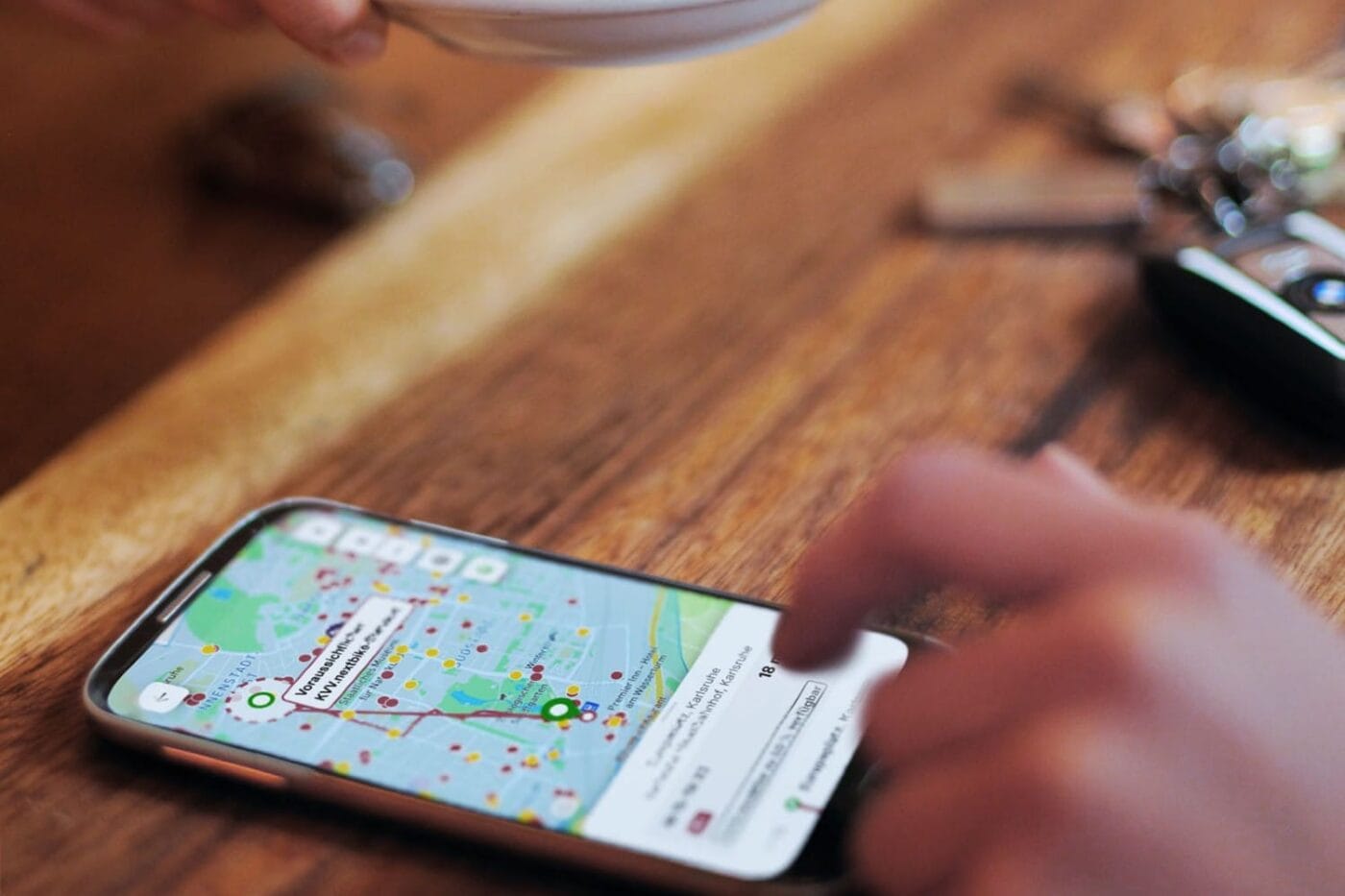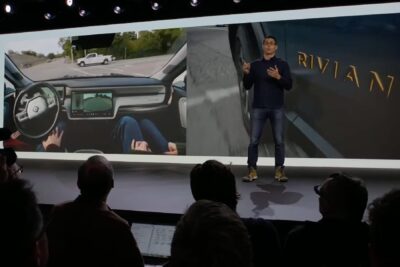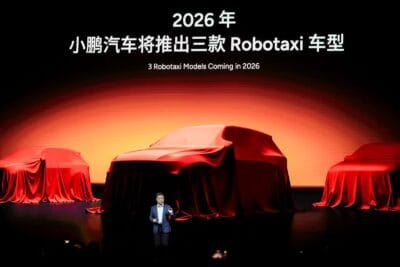Intermodal mobility shows AI can improve door-to-door route suggestions
The researchers report that their AI forecast calculates the probability of finding a hire bike or e-scooter at a selected location in the city at a certain time, for example. The project name DAKIMO stands for ‘Data and AI as enablers for sustainable, intermodal mobility’. Fraunhofer IOSB’s project partners are the companies Raumobil GmbH, INIT GmbH, Inovaplan GmbH, as well as the Institute of Transport at the Karlsruhe Institute of Technology (KIT) and the Karlsruhe Transport Association (KVV). DAKIMA is subsidised by the German Federal Ministry of Research, Technology and Space, with a funding volume of 3.5 million euros.
As Fraunhofer IOSB explains, project partner Raumobil GmbH uses the self-developed forecast for intermodal routing, which means that a mobility app suggests connections from the start to the destination that also take into account the forecast availability. And: It’s not just about theory. Using the Regiomove app of the Karlsruhe Transport Association as an example, the DAKIMA participants want to turn intermodal route suggestions into reality.
The Fraunhofer scientists describe the current problem and starting point of the project as being that although buses, trains, trams, e-scooters and rental bikes have a better environmental footprint than private cars, planning routes using these modes of public transport is more complex. “For public transit to become an attractive alternative, it must be possible to easily combine different means of transportation along a certain route, and switching between public transportation, bikes (especially shared bikes) and electric scooters needs to be just as convenient as reaching for one’s car keys,” emphasises the project team – and outlines the following situation, which is probably familiar to everyone: “You might get to stop X by bus in 30 minutes, but then you have to hope that shared bikes or electric scooters will be available there. Might it have been a better idea to travel on to stop Y, where there are generally more bikes available? To date, routing apps have not factored these aspects into their suggested routes.”
This is where the DAKIMO project comes in: The researchers state that their AI-based solution takes live data on the traffic situation into account, among other things. Jens Ziehn, project manager at Fraunhofer IOSB, comments. “Our AI forecasting feature recommends the optimal means of transportation to reach the destination in each individual case, including for the different segments of the route, without overcomplicating things. Bookable vehicles, including car-sharing cars, are displayed at both the start and end of the trip.” Where humans lose track, for example, because the bus is stuck in a traffic jam or there are no more hire bikes available at the last stop, the AI steps in. “Forecasting is possible because the AI uses small geographical cells and short time intervals to calculate short- and long-term probabilities of the availability and expected number of sharing vehicles, based on open data sources such as data from public transit and historical data on aspects like the position of shared bikes,” added Reinhard Herzog, who heads the Modelling and Networking group at Fraunhofer IOSB.
Forecast to be integrated into GBFS standard
Fraunhofer IOBS has announced that the AI forecast is to be integrated into the international, globally valid GBFS (General Bikeshare Feed Specification) standard in future – a real-time specification for public data that is primarily used to provide traffic information. A one-year evaluation phase is currently underway. “During this test phase, the forecast function is incorporated into a draft for expanding the standard,” explained Herzog. “To get our AI technology into broad use, it’s important to add forecast probabilities for sharing vehicles to the GBFS standard.” This is because the standard will then no longer only be used to display the positions of currently available shared transport vehicles, but will also offer predictions about future probabilities of whereabouts calculated by an AI.
As the team goes on to explain, the AI fusion server, which collates all the data, is already in operation. It derives the availability of the means of transport based on AI, which is incorporated into route suggestions. In addition, the AI forecast is already part of the aforementioned test version of the Karlsruhe Regiomove app, which networks a wide range of mobility tools for the Middle Upper Rhine region. The next step is to roll out the forecasting model to the Baden-Württemberg region.
According to those responsible, acceptance among the population is high. A study of over 1,500 people commissioned as part of the project is said to have revealed that almost 90 per cent of participants consider an AI-based prediction of sharing transport to be helpful or very helpful. Around 20 per cent of those surveyed would occasionally leave their own car at home and switch to public transport. “Our research findings confirm that AI-based methods can effectively support the mobility transition and contribute to climate action,” said project manager Ziehn.





0 Comments